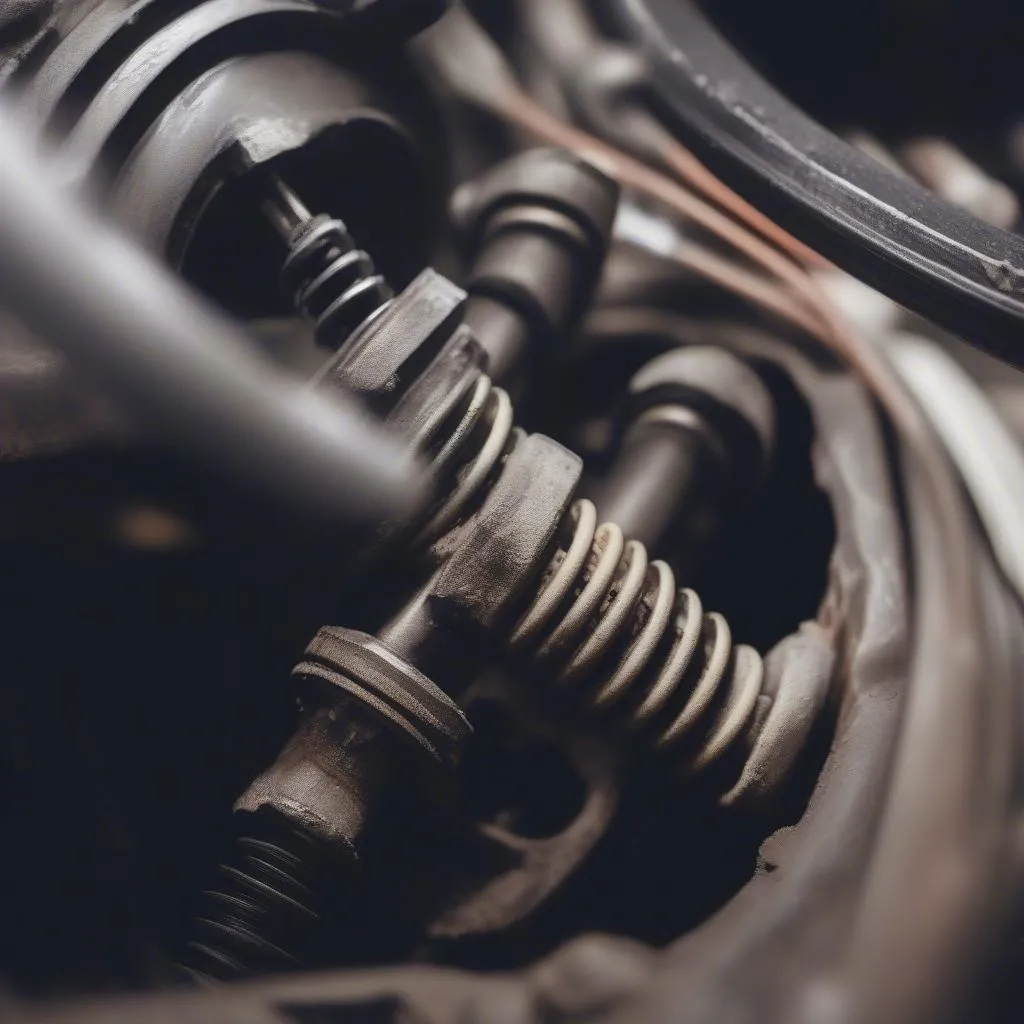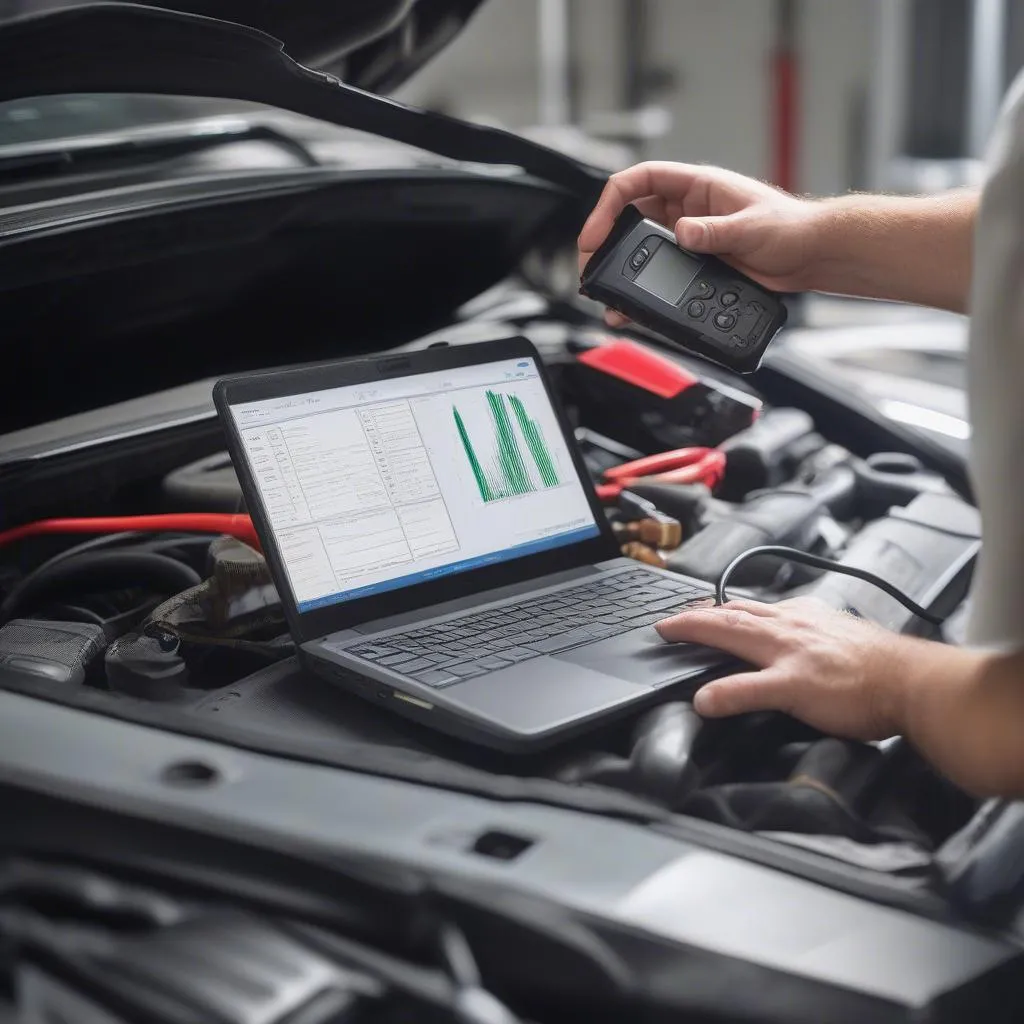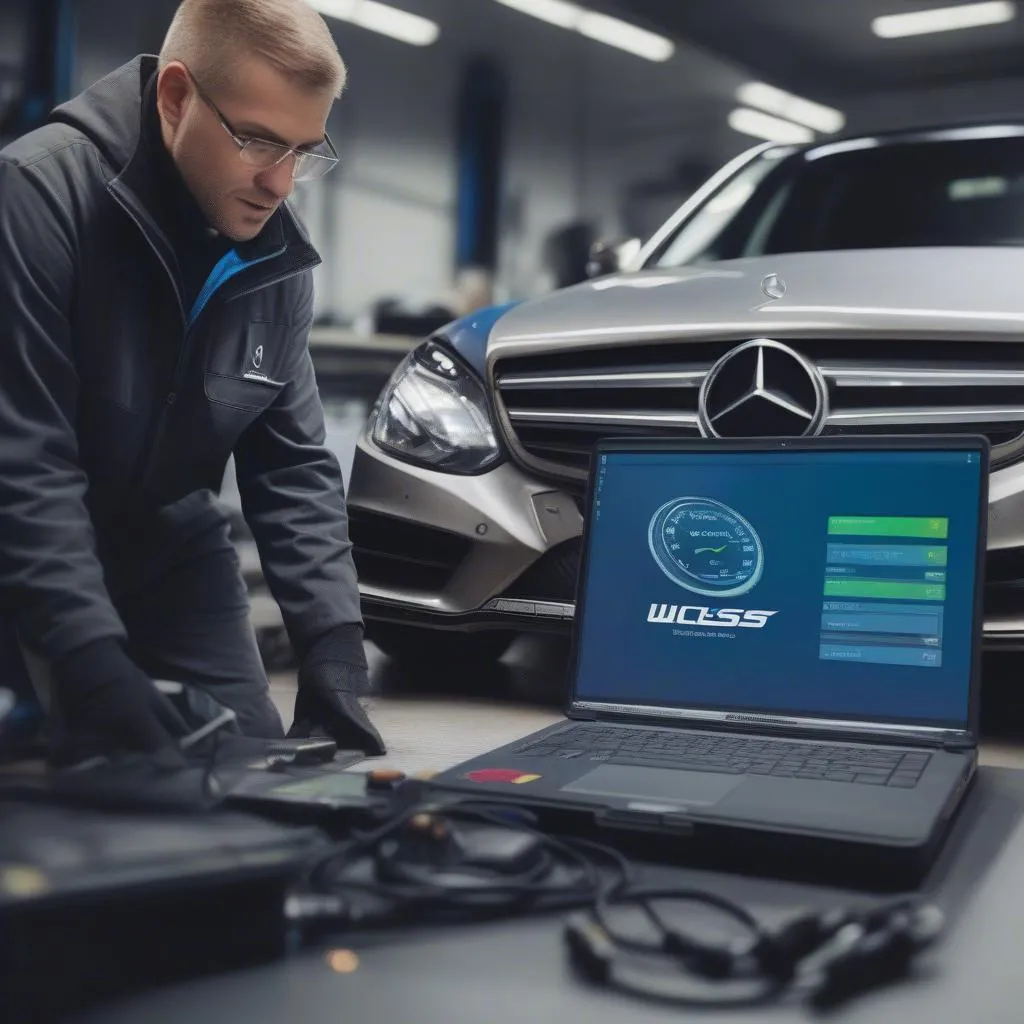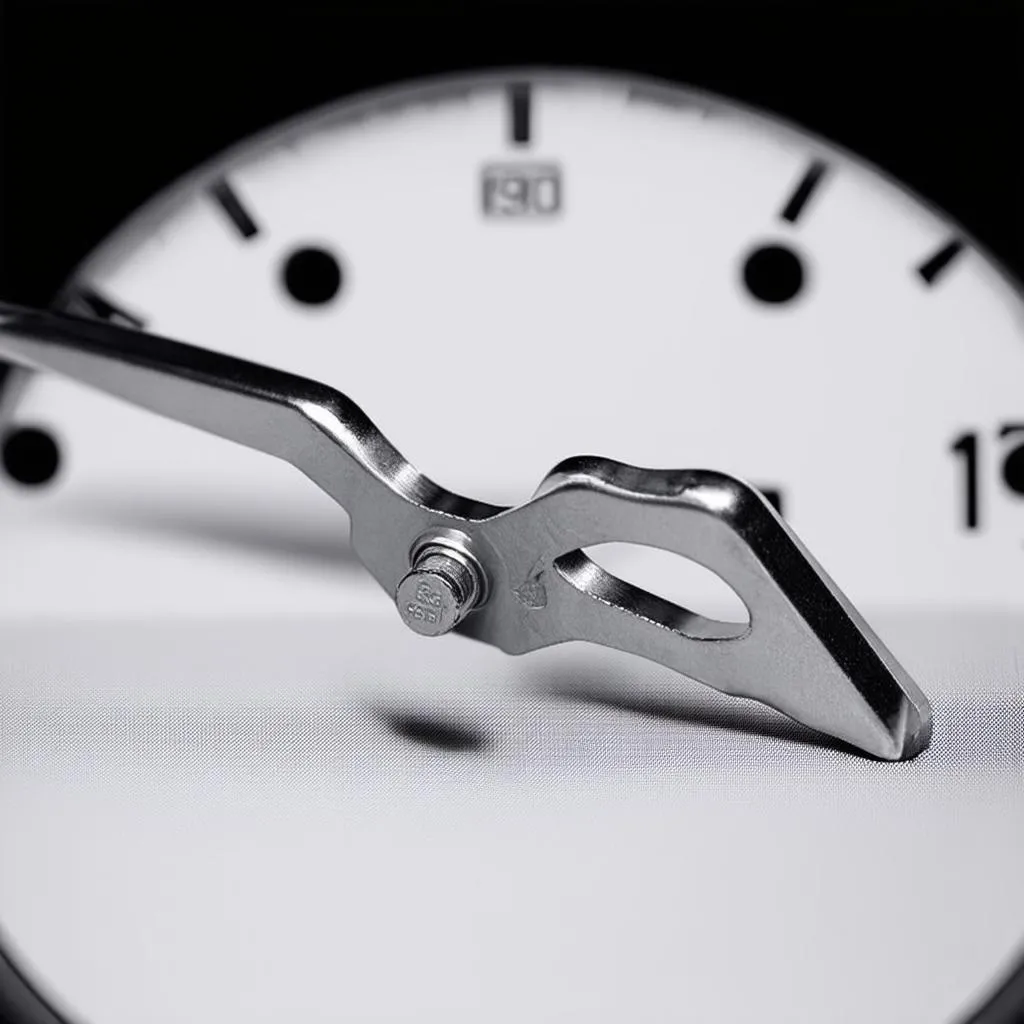Is your Mercedes bouncing down the road like a dolphin? You’re not alone. Many Mercedes owners have reported experiencing “porpoising,” a phenomenon where the car bounces up and down, particularly at high speeds. This can be an uncomfortable and unsettling experience, but the good news is that it can be fixed. This comprehensive guide will walk you through the causes of Mercedes porpoising, how to identify it, and the steps to get it fixed.
Understanding Mercedes Porpoising
What Causes Porpoising?
Porpoising is often associated with aerodynamic instability. In simpler terms, it’s caused by the car’s aerodynamic setup creating rapid shifts in downforce, leading to an oscillating effect. This is more common in high-performance vehicles with advanced aerodynamic features.
Expert Insight: “Modern aerodynamic designs, while enhancing performance, can sometimes lead to unforeseen consequences like porpoising. It’s a delicate balance between downforce and stability,” says automotive engineer Dr. Emily Carter, author of “Aerodynamics in Automotive Design.”
 Mercedes Porpoising Illustration
Mercedes Porpoising Illustration
Recognizing the Signs
Porpoising is hard to miss. You’ll feel it as a rhythmic bouncing sensation, especially at higher speeds. Here are some telltale signs:
- Noticeable Bouncing: A distinct up-and-down movement of the car, particularly on smooth roads.
- Steering Wheel Vibration: You might feel the vibrations in the steering wheel, indicating instability.
- Discomfort: Porpoising can be uncomfortable for both the driver and passengers.
Getting Your Mercedes Fixed
Before You Head to the Mechanic
- Document the Issue: Note down the speed and road conditions where the porpoising occurs most prominently.
- Check Your Suspension: While porpoising is primarily aerodynamic, a worn-out suspension can exacerbate the issue.
 Worn Out Car Suspension
Worn Out Car Suspension
Diagnostic Tools and Expertise
Modern cars like Mercedes often require specialized diagnostic equipment to pinpoint the root cause of complex issues like porpoising.
CARDIAGTECH Recommendation: For in-depth diagnostics, consider professional-grade tools. You can explore a range of options on the Cardiagtech website.
 Car Diagnostic Tools
Car Diagnostic Tools
Potential Fixes
Addressing porpoising often involves a multi-pronged approach:
- Software Updates: Mercedes has released software updates to address porpoising in some models. Check with your dealership for the latest updates.
- Suspension Adjustments: Fine-tuning the suspension settings can help mitigate the bouncing effect.
- Aerodynamic Modifications: In some cases, minor adjustments to the car’s aerodynamic components might be necessary. This is best handled by professionals.
Have you considered these potential causes and solutions? Understanding the complexities of your Mercedes’ aerodynamics is crucial to resolving porpoising.
FAQs: Mercedes Porpoising
Q: Is porpoising dangerous?
A: While uncomfortable, porpoising itself isn’t inherently dangerous in most cases. However, it can impact handling and control, especially at high speeds. It’s essential to get it addressed to ensure a smooth and safe driving experience.
Q: Can I fix porpoising myself?
A: While some adjustments might seem simple, it’s best to consult with a qualified Mercedes technician. They have the expertise and tools to diagnose and rectify the problem correctly.
Need More Help?
For further assistance with Mercedes diagnostics and repairs, consider the resources available at Cardiagtech. Their expertise could prove invaluable in resolving your car troubles.


